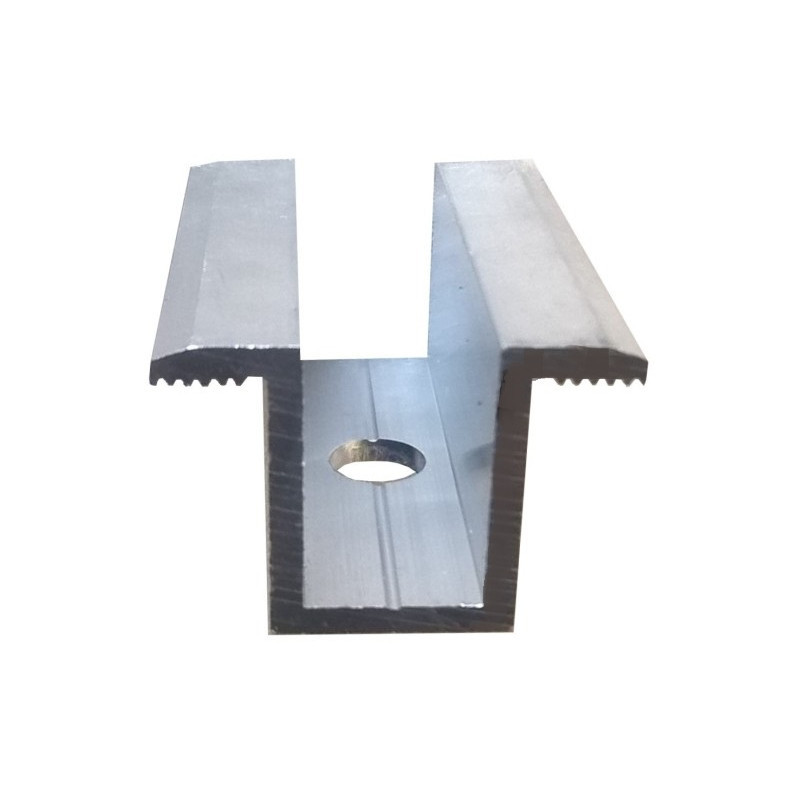

Effective Techniques for Using Self-Tapping Screws in Metal Applications and Installation Tips
Th8 . 09, 2024 05:40 Back to list
Effective Techniques for Using Self-Tapping Screws in Metal Applications and Installation Tips
Understanding Self-Tapping Screws in Metal Applications
Self-tapping screws have become an indispensable component in various industries, especially when fastening materials like metal. Their ability to create their own thread as they are driven into the base material eliminates the need for pre-drilling, making them a preferred choice in many applications. This article explores the characteristics, types, advantages, and best practices for using self-tapping screws in metal.
Characteristics of Self-Tapping Screws
Self-tapping screws are designed with a sharp point and helical ridges that allow them to cut into metal surfaces as they are inserted. Unlike standard screws that rely on pre-formed threads, self-tapping screws generate their own threads in the material, which promotes quicker and more efficient assembly. The design can vary, featuring different head shapes (such as flat, pan, or hex), shaft lengths, and thread types, each tailored for specific applications and environments.
Types of Self-Tapping Screws
There are two primary types of self-tapping screws thread-forming and thread-cutting screws.
1. Thread-Forming Screws These screws displace the material without removing it. They are often used in softer metals like aluminum and plastic, where the formed threads can provide sufficient holding power without compromising the integrity of the material.
2. Thread-Cutting Screws In contrast, thread-cutting screws are designed to remove material as they are driven in. This makes them suitable for tougher metals and applications where a strong joint is required. They typically have a more aggressive cutting thread and are ideal for applications where a tight fit is crucial.
Advantages of Self-Tapping Screws in Metal
The use of self-tapping screws in metal applications offers several advantages
- Time Efficiency The elimination of pre-drilling saves time during assembly. This is particularly useful in high-volume environments where speed is essential.
- Cost-Effectiveness By reducing the number of tools and processes involved in fastening, companies can save on labor costs and improve overall efficiency
.self tapping screws in metal

- Strong Joints Properly installed self-tapping screws can provide strong and secure joints, essential for structural and load-bearing applications.
- Versatility They can be used in a variety of metal types, including stainless steel, aluminum, and even some alloys, making them appropriate for various projects.
Best Practices for Using Self-Tapping Screws
To maximize the effectiveness of self-tapping screws when working with metal, it is essential to follow best practices
1. Choose the Right Material Ensure the screw material is compatible with the base metal. For instance, using stainless steel screws for aluminum can help prevent galvanic corrosion.
2. Select the Proper Size The diameter and length of the screw should match the requirements of the specific application. A screw that is too short may not provide the necessary grip, while one that is too long can damage underlying materials.
3. Use Appropriate Tools A power drill or screwdriver with adjustable torque settings can prevent stripping the screw head or damaging the material.
4. Prepare the Surface Although pre-drilling is not needed, cleaning the metal surface of debris and rust can improve the effectiveness of the fastening process.
5. Monitor the Torque Apply consistent pressure while driving the screws to ensure they are securely fastened without over-tightening, which can lead to stripping.
Conclusion
Self-tapping screws serve as a critical solution for fastening metal components in diverse applications. Their efficiency, cost-effectiveness, and ability to form strong joints make them a favored choice in many industries ranging from construction to manufacturing. By understanding their types and following best installation practices, professionals can enhance the performance and durability of their assembled products.
Latest news
-
MS Slotted Channel Fasteners Durable, Pre-Galvanized Mild Steel
NewsApr.29,2025
-
High-Strength Self Tapping Screws for Cast Iron Fast Installation & Durability
NewsApr.29,2025
-
Mild Steel Slotted Channel & Fasteners - Durable, Adjustable Solutions
NewsApr.28,2025
-
ISO Spring Washer - Secure, Durable Fastener with ISO Compliance ISO Spring Washer
NewsApr.28,2025
-
Mild Steel Stud Bolt Fasteners - High Strength & Corrosion Resistant
NewsApr.28,2025
-
M6x45 Shear Bolt - High-Strength Safety Fastener
NewsApr.28,2025

